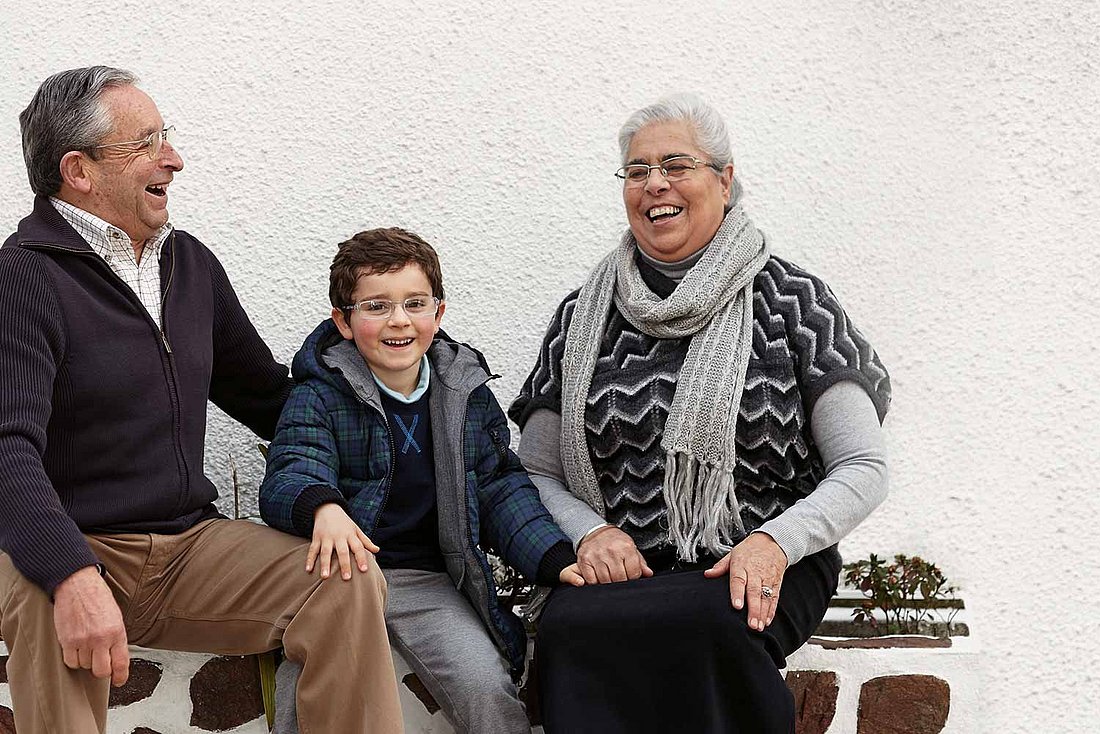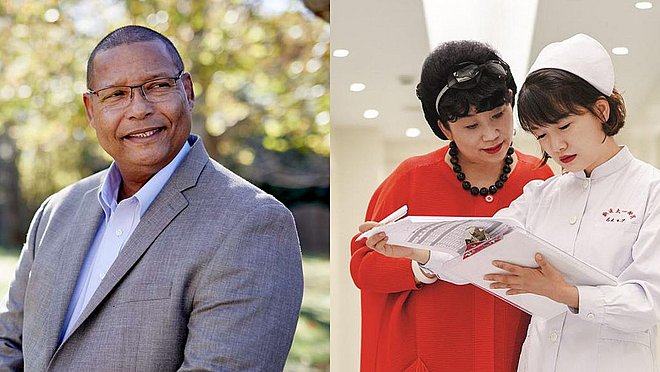Our company profile.
A sport project for dialysis patients in Argentina
Moving together
There is no doubt that at Fresenius Medical Care in Argentina, there is a lot to be said for combining dialysis and physical exercise. “You can tell simply from the change in patients’ moods,” explains Liliana Pinelli, Medical Director of the Company’s dialysis clinic in Pilar, 50 kilometres away from Buenos Aires. Here, as in other clinics, there is movement in dialysis, both literally and figuratively. Patients no longer sit watching television for hours, but are active, exercise together and talk to each other. They laugh, move their bodies, encourage one another and make jokes with the nurses, who often join in, too. “The clinic really comes to life,” as Liliana Pinelli puts it. “Because we are constantly in action, the time required for treatment passes much more quickly, and it’s fun,” explains 34-year-old Leonardo, lifting a small weight.
Published research also supports the beneficial effects of physical exercise during dialysis. It shows, for instance, that sport even increases the effectiveness of blood purification. There is also evidence that exercise acts as an anti-depressant as patients build up their energy and improve their overall fitness, giving them greater autonomy and confidence in their everyday lives. “This is why we encourage this programme,” says Gabriela Cannatelli, CEO of Fresenius Medical Care Argentina, “because it fits in perfectly with the basic idea of a therapy that centres on the patients and their needs.”
Team spirit
On this day, the lively Mariel Sosa is instructing the patients during treatment at the clinic in Pilar. Although they have different levels of physical fitness, all patients do the same exercises. Only the intensity varies. “That encourages team spirit and makes the group activity more fun,” explains Sosa. She describes the exercise routine as a kind of physiotherapy. What’s more, physical fitness can revive patients’ private lives. For example, they tell us that they played with their grandchildren for the first time in ages or that they carry on doing their exercises at home with their family or friends.








